What Exactly Goes Down at a Starbucks Barista Competition?
Starbucks hosted its first global championship for baristas in Las Vegas.
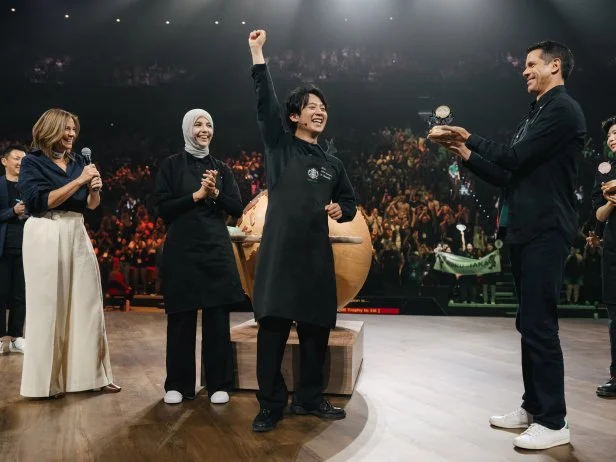
Joshua Trujillo/Photo courtesy of Starbucks
Last week in Las Vegas, over 14,000 Starbucks partners from around the world gathered for the brand’s 2025 Leadership Experience, where they honed skills, exchanged ideas, announced new coffee sustainability initiatives and, perhaps most excitingly, witnessed the first-ever Starbucks Global Barista Championship.
Previously, Starbucks baristas have participated in regional competitions, but for the first time ever, Starbucks hosted a single, culminating worldwide event. One dozen champion baristas were selected to compete from over 84,000 worldwide, six from Starbucks coffeehouses and six from Starbucks Reserve Roastery locations. Over three days of competition, they put their skills to the test, culminating in the final four mixing and presenting drinks in front of thousands of cheering spectators. The winner would receive a trip to all six Starbucks Roastery locations around the world, plus the chance to create a drink that will be served across North America.
Baristas trained for months leading up to the competition alongside experts, but what does a barista competition entail? Here are all of the events the best of the best of Starbucks baristas competed in with rules and explanations quoted from Starbucks:
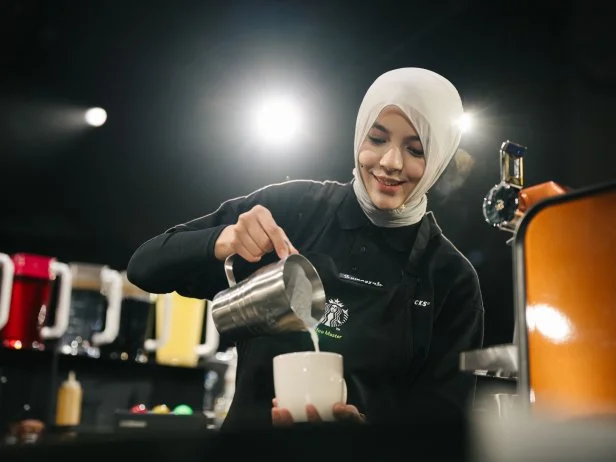
Joshua Trujillo/Photo courtesy of Starbucks
Latte Art: Baristas used randomized games (i.e. a Plinko-like board or spinning wheel) to select random latte art patterns to create and which milk to use in a 12-ounce latte. “Pattern options included a heart, rosetta, tulip, and a competitor choice. Milk options were oat, nonfat (0%) milk and whole (full fat) milk.” Judging was based on “beverage quality, pattern orientation and definition, connection and professional presentation.”
Store Rush: Baristas were thrown 10 order tickets to complete as quickly and accurately as possible, with beverages ranging from complicated hot and iced drinks to simple espresso shots, with variables like non-dairy milks and “for here” or “to-go” requests. Baristas were judged on “customer interaction, order accuracy, beverage quality and consistency.”
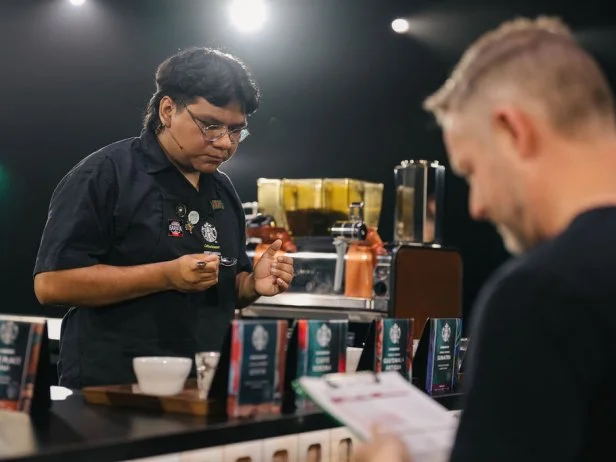
Joshua Trujillo/Photo courtesy of Starbucks
Blind Coffee Tasting: Judges brewed coffee and baristas were asked to identify Starbucks core roasts or Roastery microroasts while being scored on “accuracy of coffee descriptors (such as aroma, acidity, body and flavor), ability to assess roast profile, growing region and more.”
Coffee Storytelling: Baristas were asked to serve a coffee of their choice and use a personal anecdote to “tell the story of a coffee from the region or Starbucks Reserve Roastery they are representing” while also incorporating a randomly selected company initiative. They were judged on elements including creativity, presentation and connection.
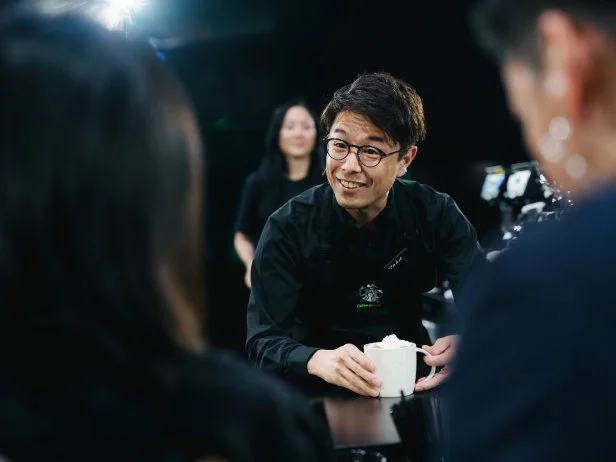
Joshua Trujillo/Photo courtesy of Starbucks
Signature Beverage: Baristas were given 10 minutes to prepare and present a beverage incorporating ingredients from their region or Reserve Roastery location. Judges scored based on “beverage taste, recipe and visual appeal in addition to the overall presentation and customer connection.”
In the final round, the four top contenders were given eight minutes to produce two cups of latte art, brew and serve a roast of choice using a French press, and show off their signature beverage, all while delivering a seamless spoken presentation to the audience and judges.
First place in this first-ever global competition went to Hokkaido store manager Nobuki Shimode, who showed off his rosetta latte art skills before keeping things pretty traditional with a Starbucks French Roast tasting, and finally showcasing a Japan-inspired drink, the Blooming Yuzu Espresso, featuring Starbucks Blonde Roast coffee, yuzu citrus sauce, a yuzu mousse foam and topped with sakura cherry blossom powder. If that ends up being the beverage that hits Starbucks stores across North America soon, it sounds like a winner.
Related Content:











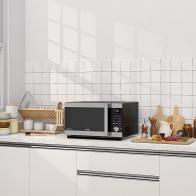

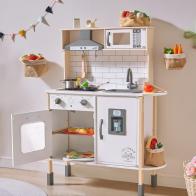




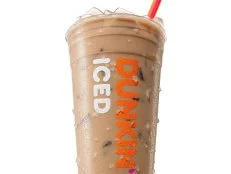

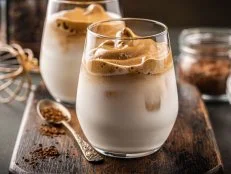
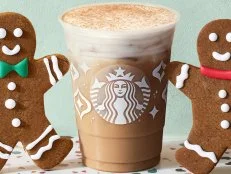


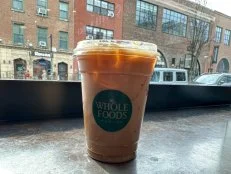
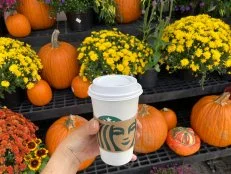
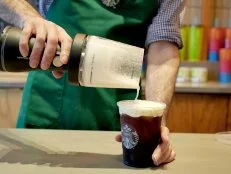
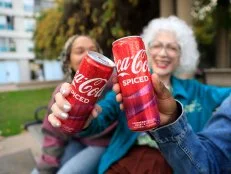








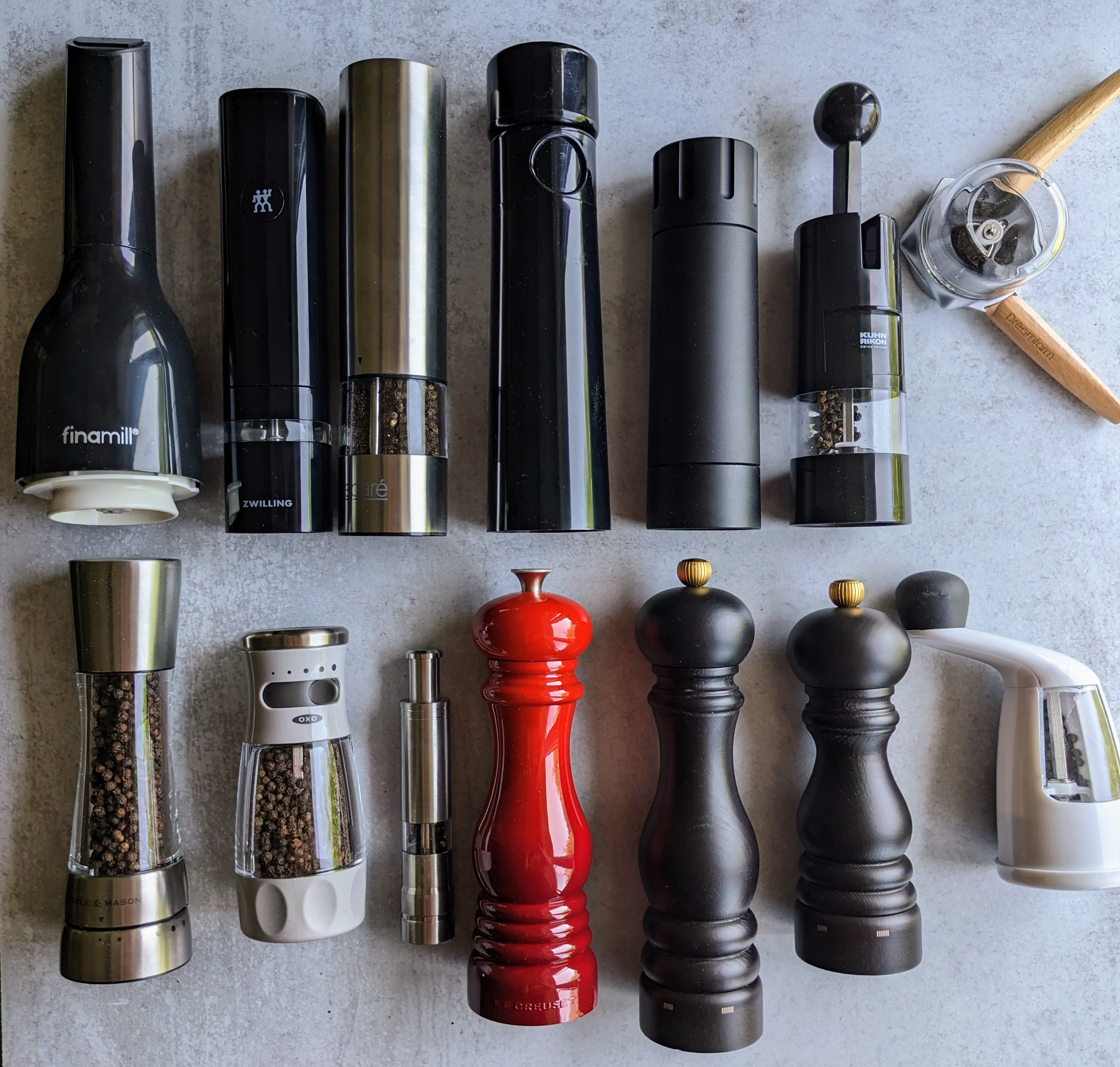








.jpg.rend.hgtvcom.231.174.85.suffix/1752698885876.webp)











